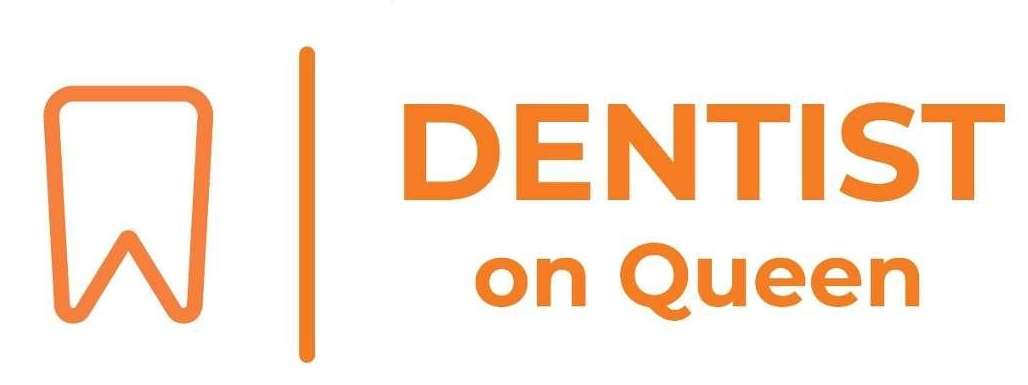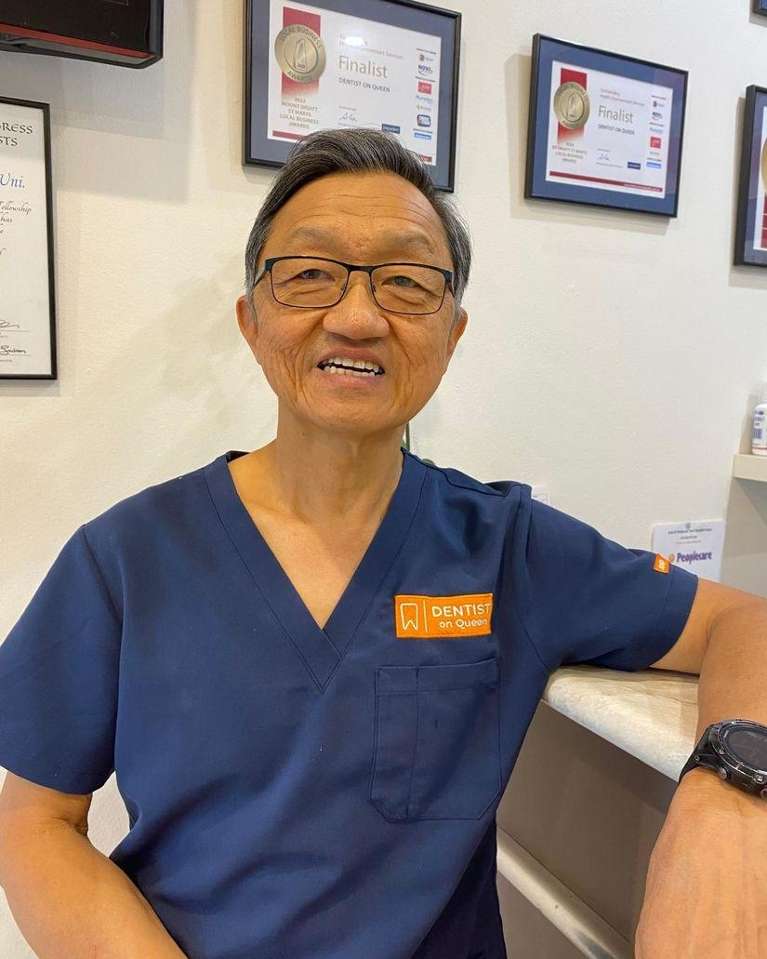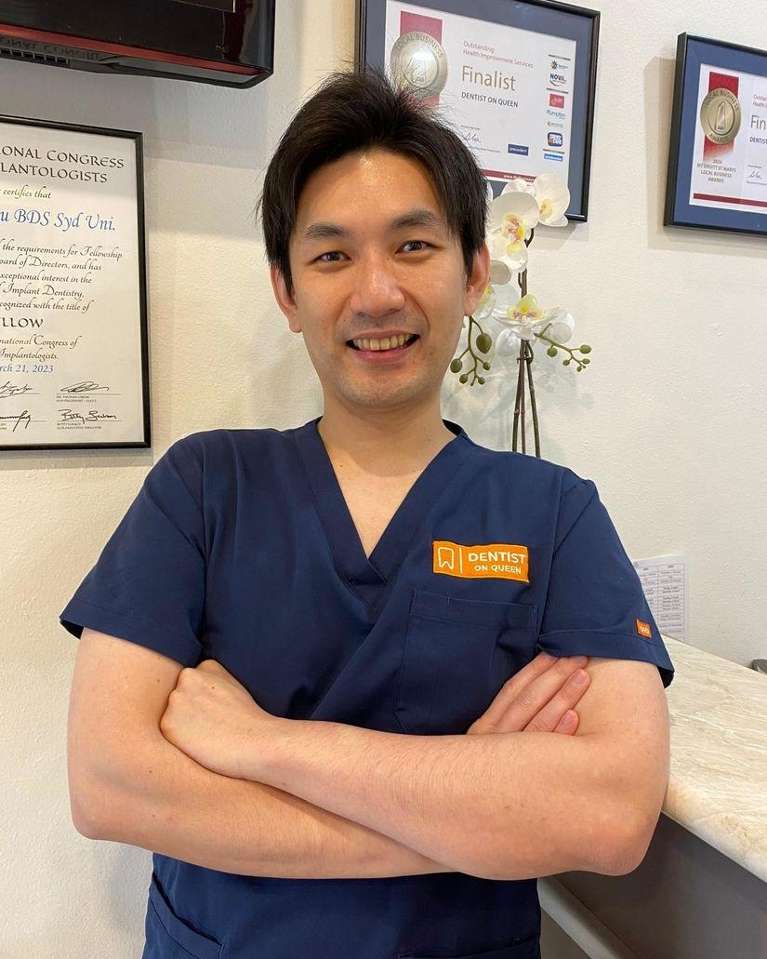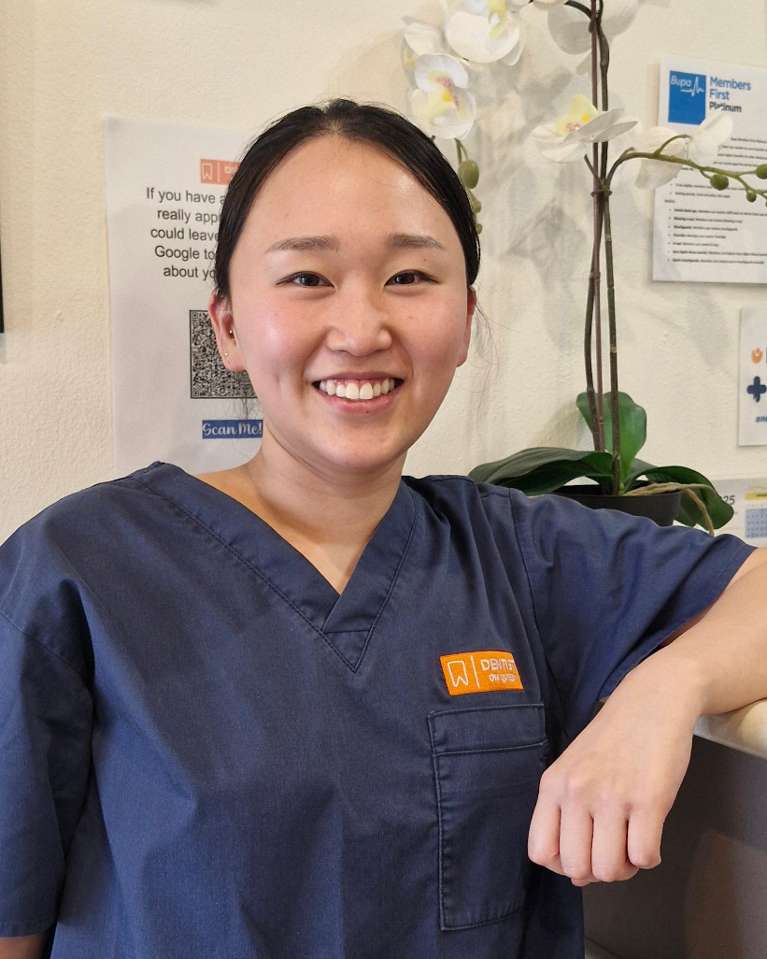The mouth is home to billions of bacteria. Studies suggest that the mouth acts as a portal to the rest of your body. In fact, some researchers are linking gum diseases that originate in the mouth to medical conditions such as stroke, heart diseases, diabetes , respiratory diseases. That means that if you have poor dental health, the implications reach far beyond the oral cavity. Conversely, if you look after your dental health, you protect not just your teeth and gums but your whole body as well.
Sadly, many people only see a dentist when they experience dental pain. In reality, you should avoid the occurrence of pain by actively pursuing preventive dentistry.
Prevention Is Better than Cure
At Dentist on Queen, we believe in early detection and intervention as a proactive means of preventive dentistry. Our zero-tolerance early detection policy aims to eradicate plaque before bad bacteria get a chance to accumulate or build up in the mouth.
Our experienced team of skilled dental practitioners is committed to the use of cutting edge diagnostic tools and methods – including low-radiation digital x-rays – to promote an active oral care maintenance program for all patients. The program includes such preventive measures like plaque control, oral nutrition and kid-friendly oral care education.
Our preventive care sessions typically comprise the following:
- Comprehensive check-up
- Diagnostic assessment with x-rays
- Professional teeth clean and polish
- Fluoride treatment
- Dental sealants for kids
Recognising the importance of these basic dental services, it is our priority at Dentist On Queen to make them affordable and accessible to the community we serve.
What is the EMS AIRFLOW®?
The EMS AIRFLOW® is a professional dental hygiene device designed for guided biofilm therapy (GBT) — an advanced, minimally invasive method for cleaning teeth and implants. It’s made by EMS (Electro Medical Systems), a Swiss company known for precision dental equipment.
What does it do?
The AIRFLOW® machine uses a combination of:
This mix gently but effectively removes:
-
Dental plaque (biofilm)
-
Stains (from coffee, tea, smoking, etc.)
-
Soft deposits from teeth, gums, orthodontic brackets, and implants
How does it work?
-
Detection: Biofilm is stained with a special dye so the hygienist can see where to clean.
-
AIRFLOW®: A jet of warm water, air, and powder gently removes plaque and stains.
-
PERIOFLOW® (optional): A nozzle can reach deeper periodontal pockets for cleaning below the gumline.
-
PIEZON® scaler (optional): Some models include an ultrasonic scaler to remove harder tartar deposits if needed.
Key features
✅ Comfortable: Less invasive than traditional scaling. Warm water makes it more pleasant for sensitive teeth.
✅ Efficient: Cleans teeth, gums, and hard-to-reach spots quickly.
✅ Gentle: Minimizes enamel and soft tissue damage compared to harsh polishing pastes or scraping.
✅ Versatile: Can be used for natural teeth, restorations, implants, braces, and dentures.
Who is it for?
-
General dental cleanings.
-
Patients with implants or braces.
-
People with sensitive teeth or gums.
-
Patients needing periodontal maintenance.
-
Cosmetic stain removal.
Benefits for patients
-
Faster, more comfortable appointments.
-
Improved stain removal.
-
Better gum health with minimal trauma.
-
Warm water helps reduce discomfort.
Is it safe?
Yes — when operated by trained dental professionals, it’s safe and well-tolerated, even for people with implants, braces, or delicate gums.
Tips on Caring for Your Teeth
A few simple yet effective measures can help protect your teeth and gums.
Tips for brushing your teeth:
- Brush your teeth for 2–3 minutes, twice a day, every day, using a fluoride-containing toothpaste.
- Clean every surface of your teeth inner, outer and chewing surfaces, in a systematic way.
- Brush your tongue for fresher breath.
- Use a soft-bristled toothbrush with a small head so it is easy to reach all areas of your mouth.
- Change your toothbrush as soon as it begins to show wear.
Wait at least 1 hour after a meal before brushing your teeth. This is because the acid in food and drink can temporarily soften your tooth enamel; brushing your teeth straight after eating may harm the enamel.
Floss Between Your Teeth Everyday
Flossing helps remove food from between your teeth in the hard-to-get-at gaps that a toothbrush can’t reach. There are also other oral hygiene devices that can be used instead of, or as well as, floss. If you find using floss difficult, speak to your dentist about the best floss-alternative for your teeth.
Tongue Brushing – Why It Matters
Brushing your tongue is an important part of keeping your mouth clean and your breath fresh. The surface of your tongue can trap bacteria, food particles, and dead cells, which can lead to bad breath and even affect your oral health.
How to Brush Your Tongue:
- After brushing your teeth, gently brush your tongue from back to front using your toothbrush or a tongue scraper.
- Rinse your mouth and toothbrush after cleaning your tongue.
- Do this daily as part of your oral hygiene routine.
Benefits of Tongue Brushing:
- Helps reduce bad breath.
- Removes bacteria and debris from the tongue.
- Contributes to better overall oral hygiene.
- Adding tongue brushing to your daily routine is a quick and simple way to keep your mouth healthy and your breath fresh!
Visit Your Dentist Regularly
Everyone’s needs are different, so have a chat to your dentist about how often you need to have your teeth checked by them based on the condition of your mouth, teeth and gums. Regular six monthly dental check-ups can identify any dental problems early and treat them if necessary.
You should immediately book a visit with your dentist if you have:
- A toothache, gum or jaw pain as this may indicate dental decay or an infection that may need treatment
- Red, swollen or bleeding gums as this may indicate gum disease or an infection
- A dental accident such as a loosened or badly damaged tooth or one that has got knocked out







